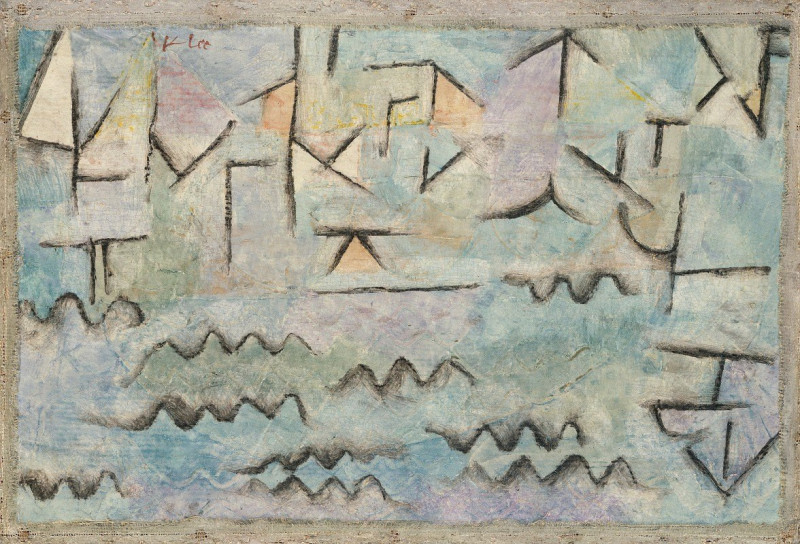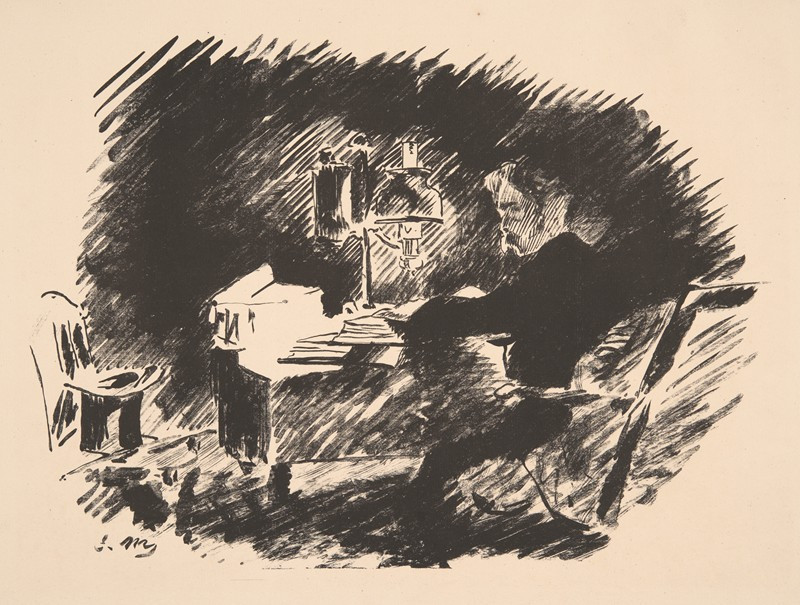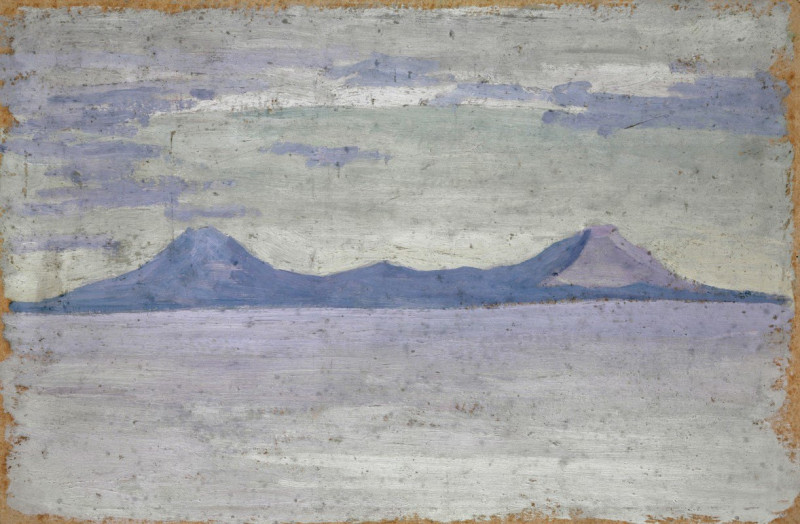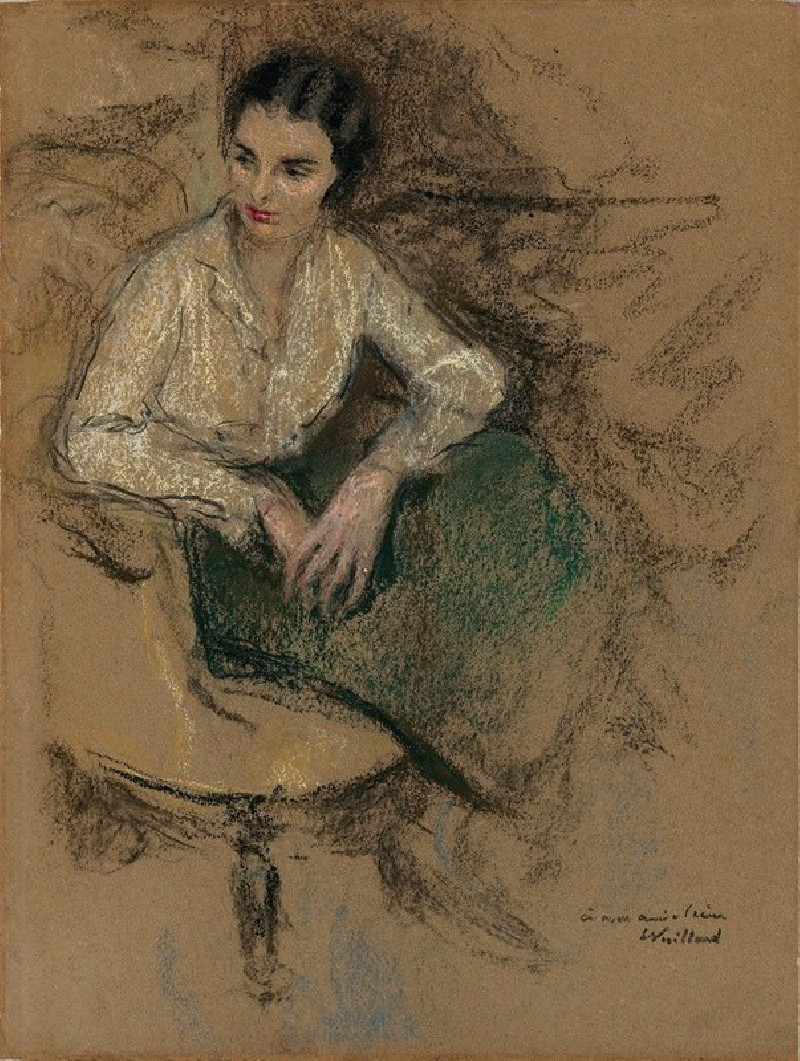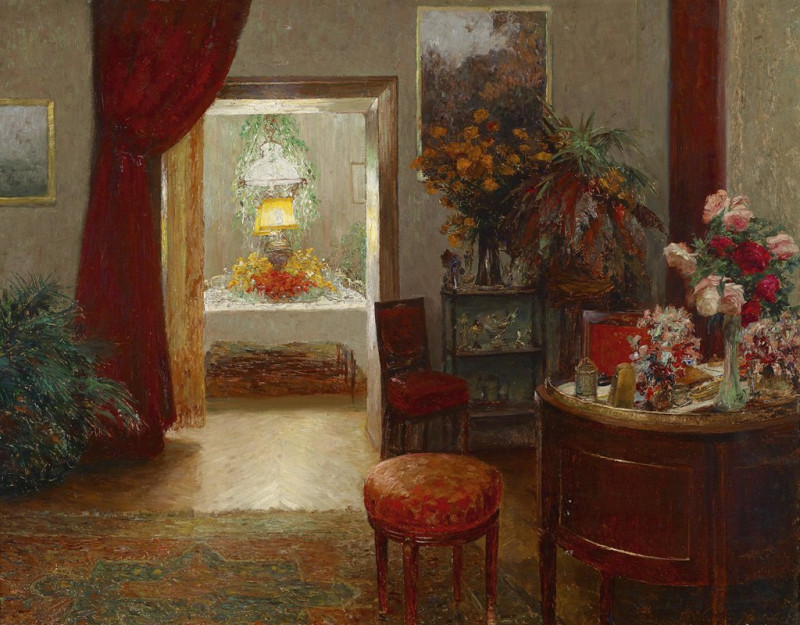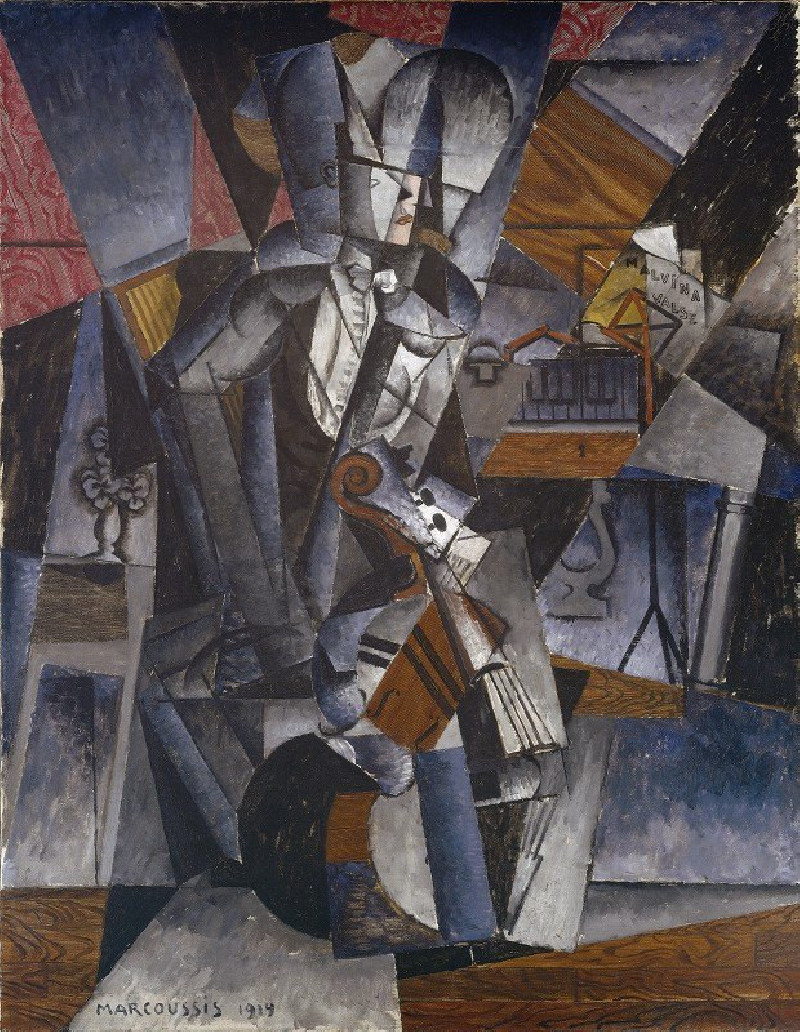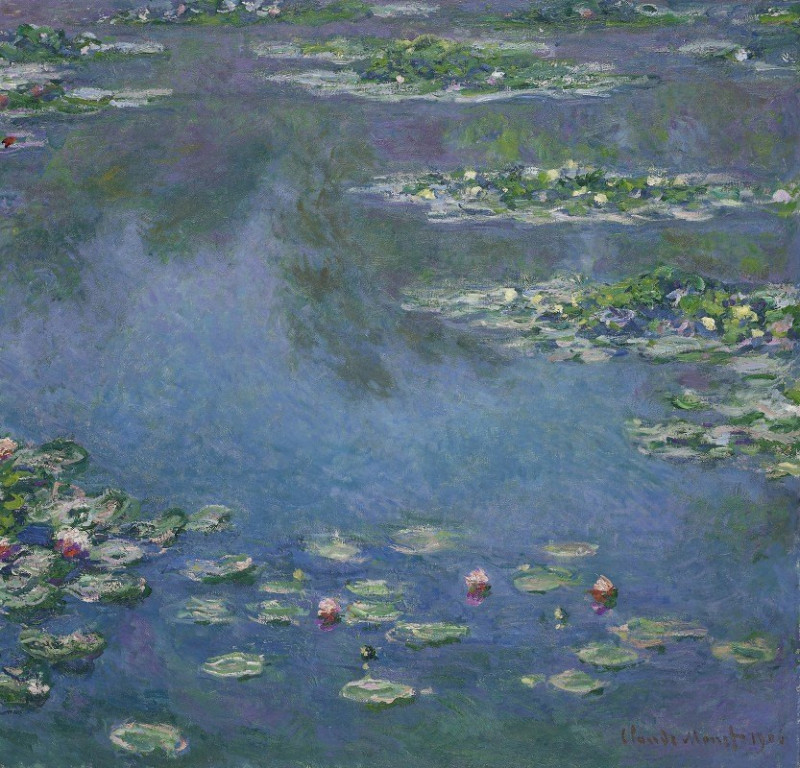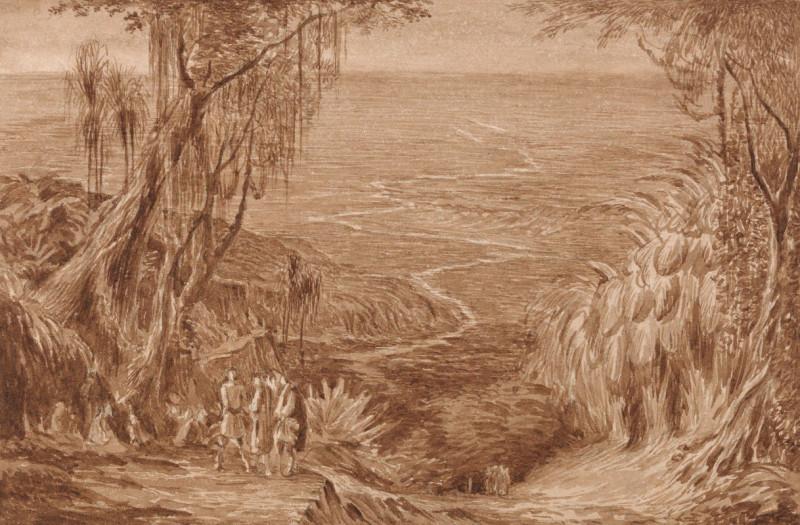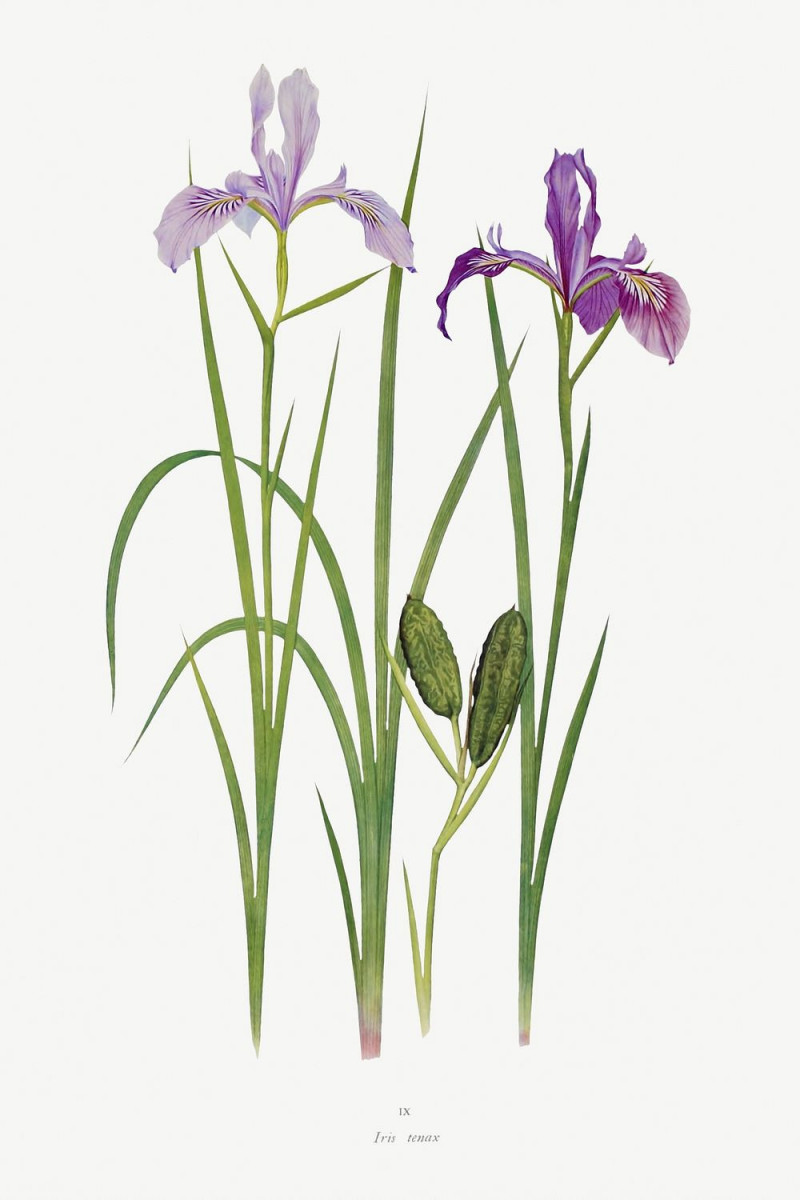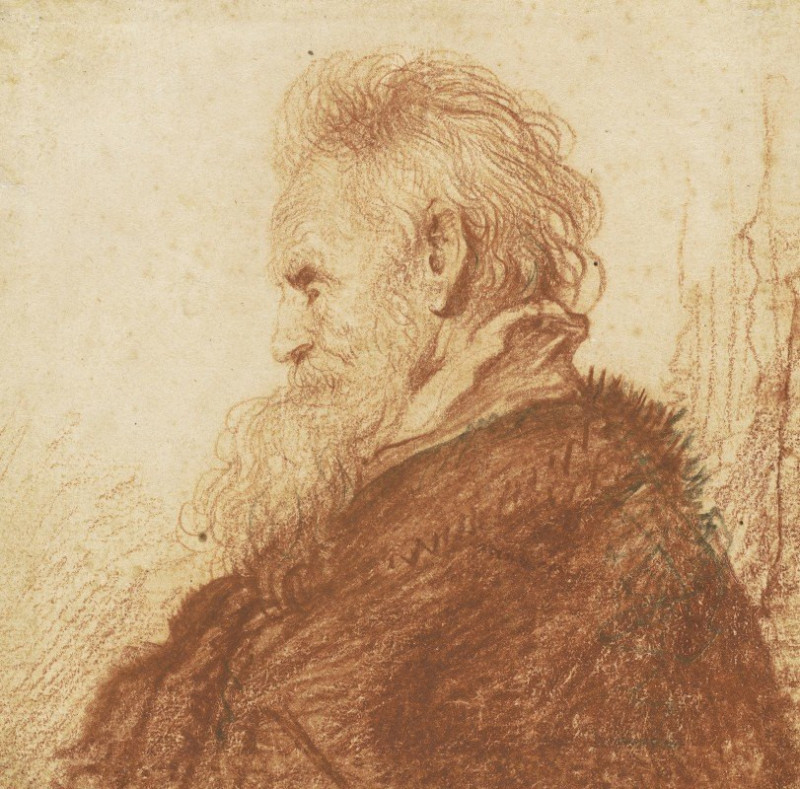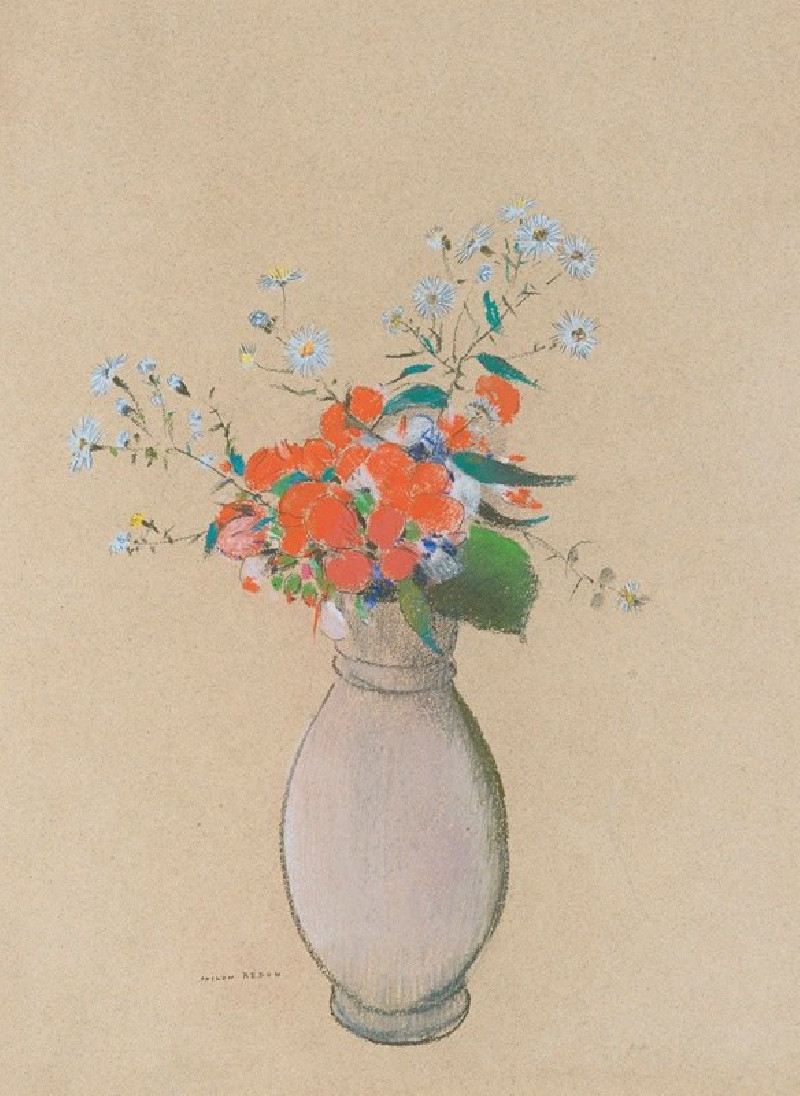The Rhine at Duisburg (1937)
Technique: Giclée quality print
Recommended by our customers
More about this artwork
Paul Klee, renowned for his unique artistic vision, encapsulates a captivating blend of abstraction and landscape in his 1937 painting titled "The Rhine at Duisburg." This artwork is a prime demonstration of Klee’s ability to distill the essence of a place through minimalist gestures and a compelling use of color.In "The Rhine at Duisburg," the viewer is presented with a series of overlapping geometric shapes and lines, which may evoke the fragmented images of a cityscape interspersed with natural elements. The lower section of the painting, characterized by undulating blue lines, unmistakably represents the Rhine River. These rhythmic patterns not only suggest the gentle movements of water but also convey a sense of the river’s enduring flow through the industrial landscape of Duisburg.Above the river, the assortment of shapes and lines in muted earth tones interspersed with subtle shades of pink and yellow could be interpreted as the buildings and structures that dot the riverside. These forms, though abstract, create an interplay of architectural and natural motifs, reflecting the coexistence of urbanity and the natural world.Paul Klee’s use of textured paint and the soft, almost worn appearance of the canvas lend a timeless quality to the painting, as if the artwork itself has been weathered by the elements it depicts. This textural detail enhances the viewer’s experience, inviting them to explore not only the visual depth but also the tactile sensations evoked by the piece."The Rhine at Duisburg" is more than just a representation of a location; it is an exploration of the interaction between human habitation and nature, articulated through Klee’s abstract and symbolic style.
Delivery
Returns
Paul Klee was a Swiss-born German artist. His highly individual style was influenced by movements in art that included expressionism, cubism, and surrealism. Klee was a natural draftsman who experimented with and eventually deeply explored color theory, writing about it extensively; his lectures Writings on Form and Design Theory (Schriften zur Form und Gestaltungslehre), published in English as the Paul Klee Notebooks, are held to be as important for modern art as Leonardo da Vinci's A Treatise on Painting for the Renaissance.

